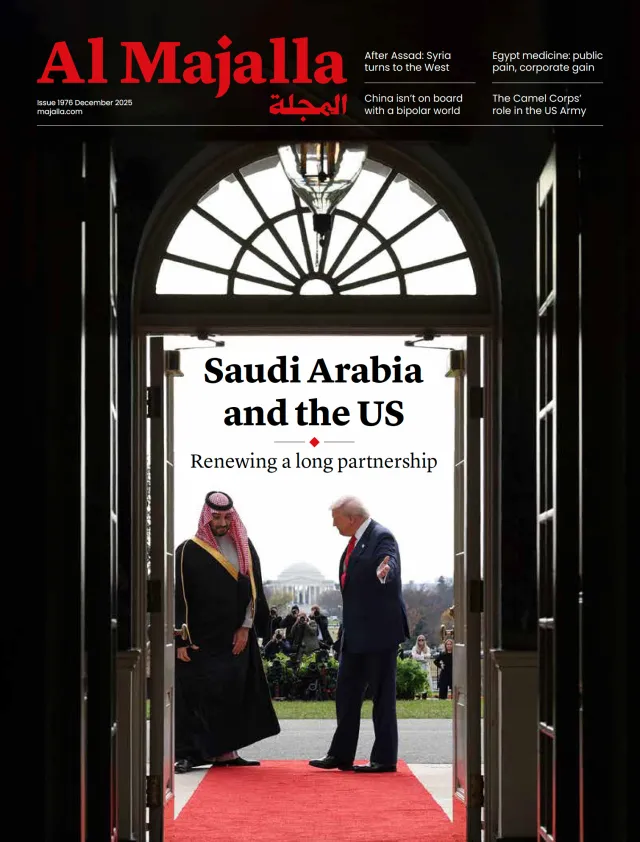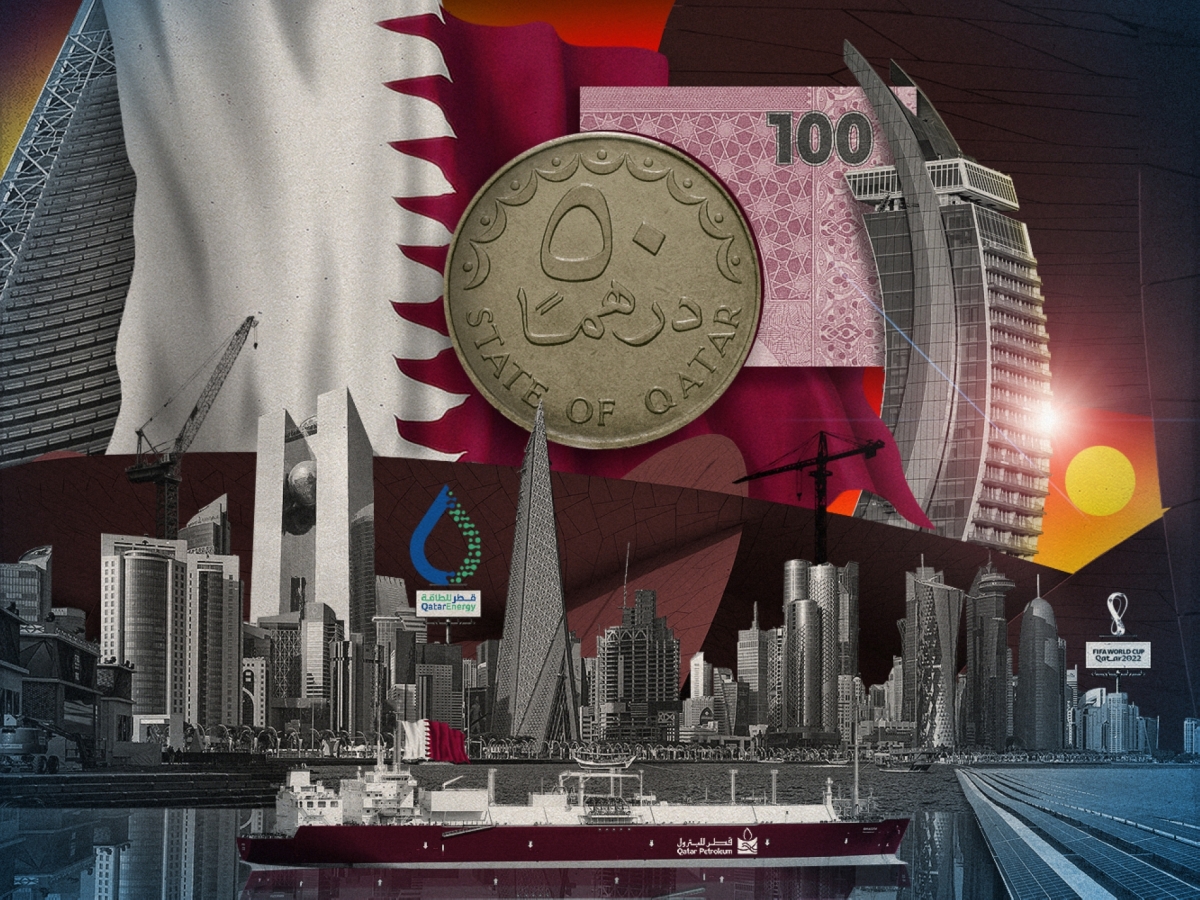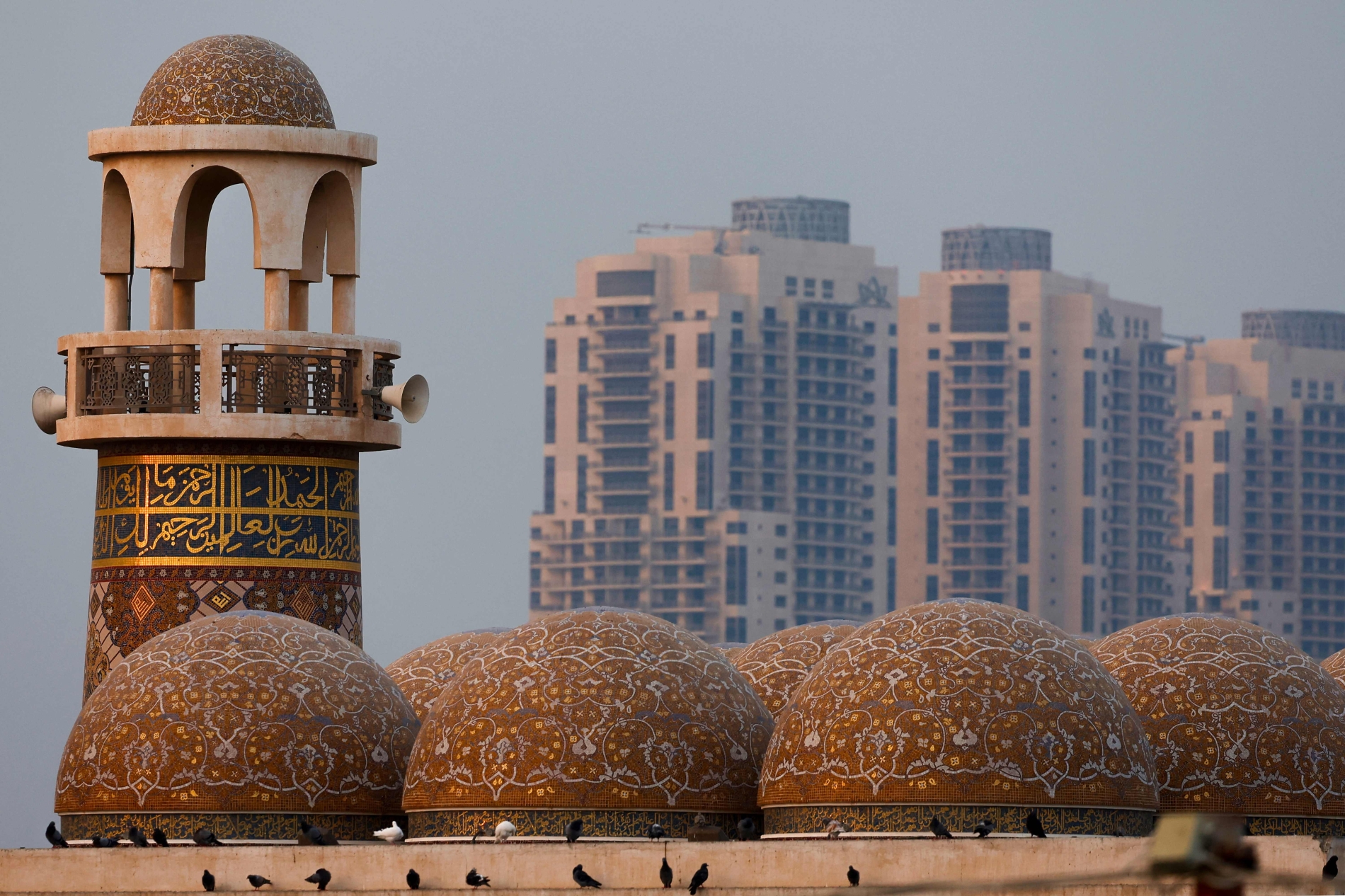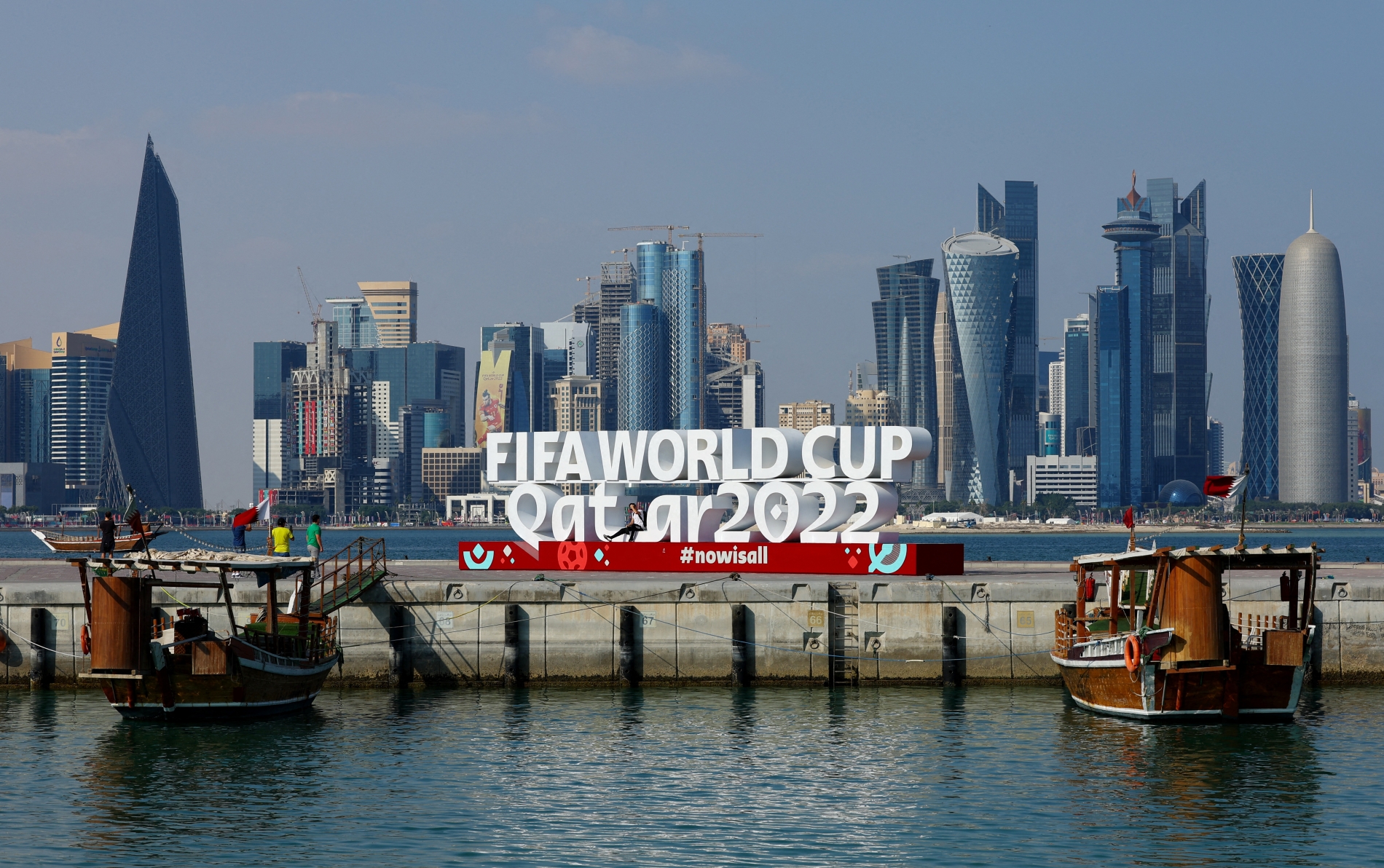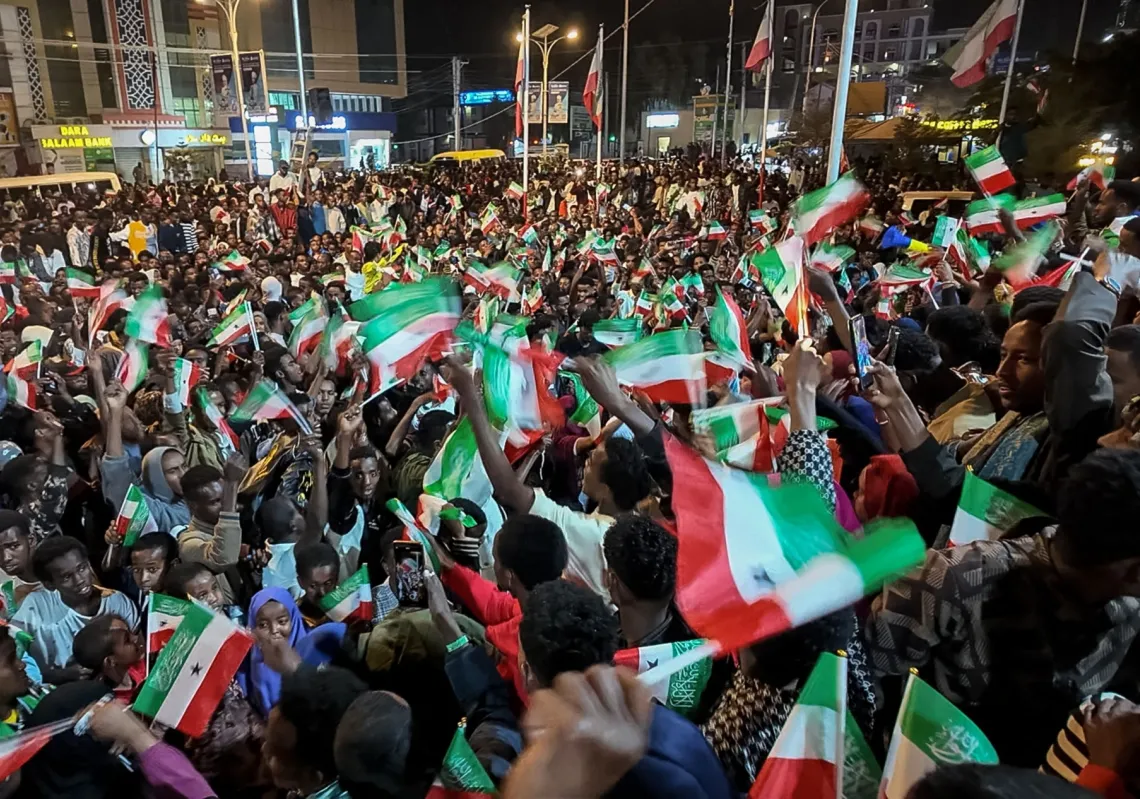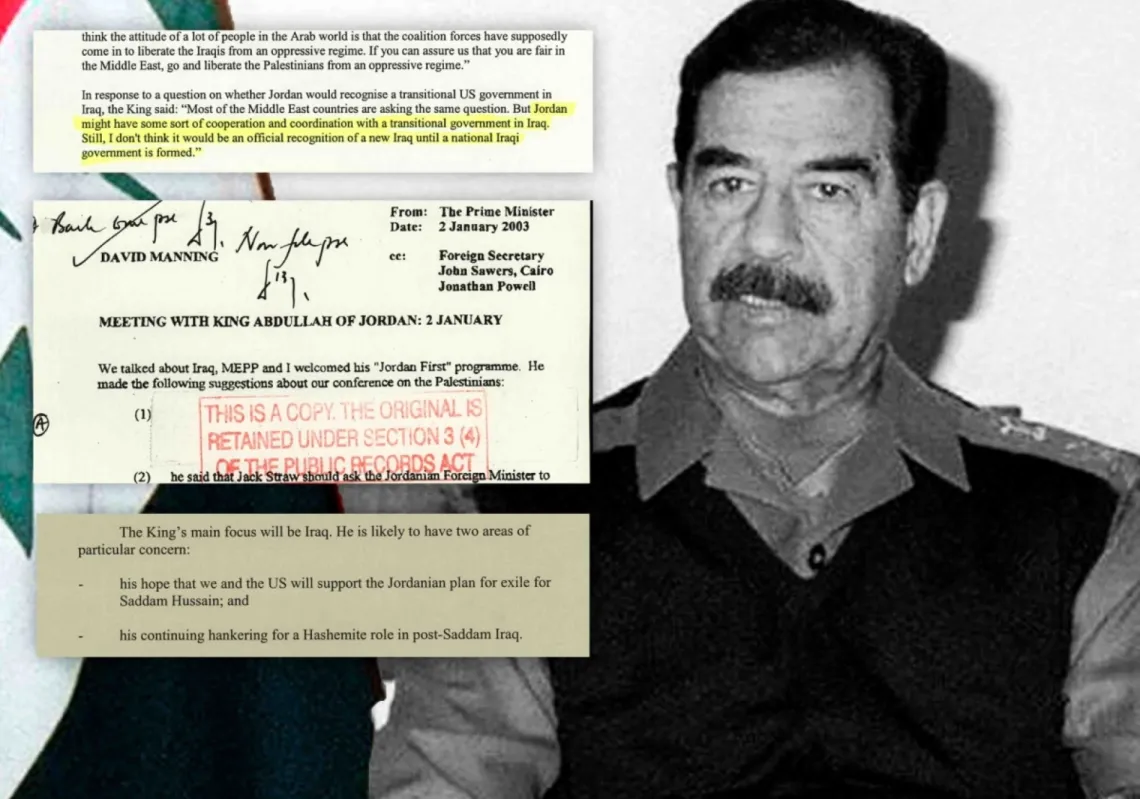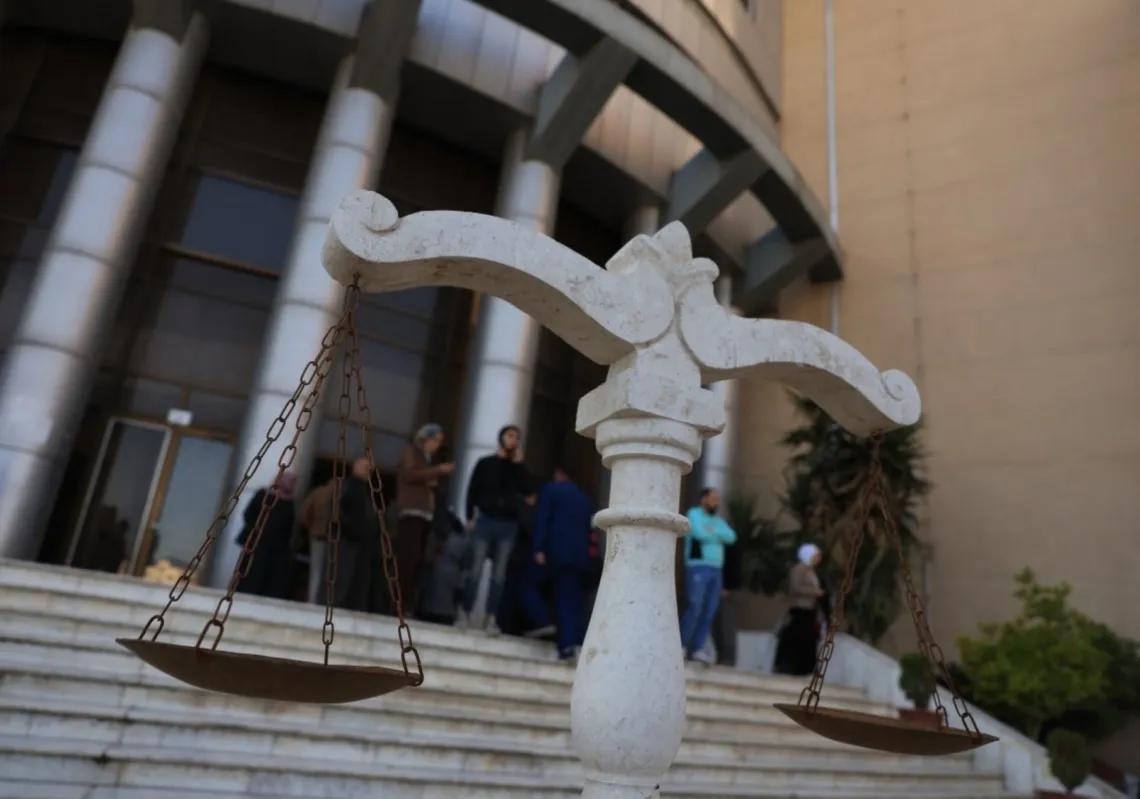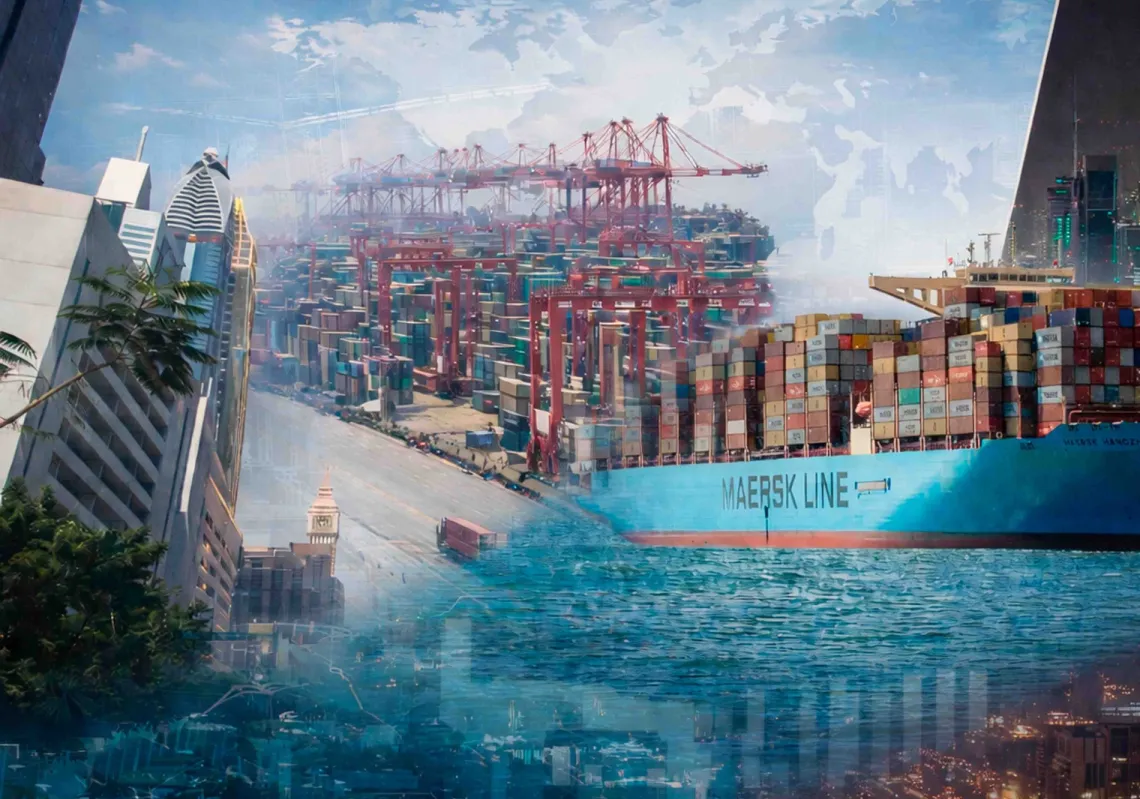The world’s richest country, Qatar is smaller than the US state of Connecticut, yet this 160km peninsula in the Arabian Gulf punches well above its weight in many areas, not least in diplomacy. There are still challenges, however, including in economic diversification and the need for citizen contribution to a fair tax system.
The last century has seen Qatar change enormously. Until the 1920s, its economy relied on pearl diving. In the 1930s and 1940s, crude oil was discovered there, drills were sunk, and exports began. More fields were discovered in the 1960s and 1970s, as was natural gas. Today, oil and gas make up around 97% of Qatar’s exports, worth around $58bn annually.
An Iranian missile attack on the Americans’ Al Udeid Air Base in Qatar recently made headlines, but the damage was telegraphed and minor, and the two countries generally enjoy good political and economic relations, sharing ownership of the world’s largest gas field located on their maritime border.
Qatar has the third largest natural gas reserves in the world (13% of all known reserves), after Russia and Iran. Its main gas trading partners are India, China, Japan, South Korea, the US, and the UAE. Qatar produces 650 million cubic metres of gas daily from its portion of the field, while Iran produces 430 million cubic metres from its.
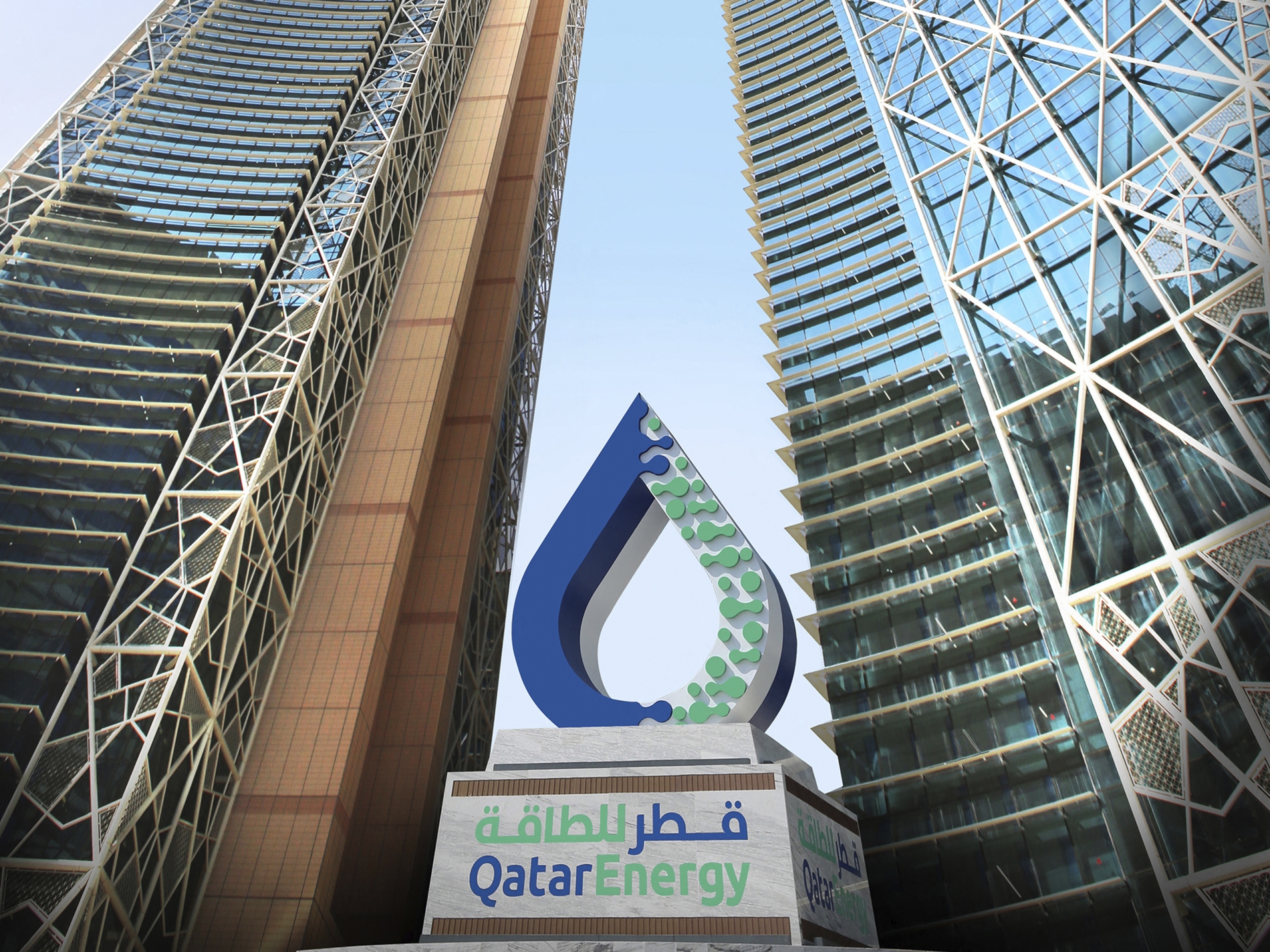
Iran and Qatar have established economic agreements across various sectors, including maritime transport and bilateral trade. Politically, Qatar has historically been good at understanding Iran’s positions and disputes, and has used this understanding to mediate in resolving Iran’s conflicts with Gulf countries and other Arab states.
Financial firepower
Ruled by the Al-Thani family for two centuries, Qatar has strengthened its political influence and contributions throughout the Middle East by leveraging its substantial economic capabilities. In 2023, the World Bank estimated Qatar’s GDP at $227.5bn, with an annual per capita income of $77,000 in a population of about three million, only 15% of whom are Qataris (most are expatriates).
In 2023, its exported $129bn of liquefied natural gas (LNG), oil, fertiliser, and iron. Qatari exports primarily go to Japan, South Korea, India, and China. Together, they account for 59.7% of export value. The European Union accounts for another 7.6%, followed by other countries, including Singapore, the UK, and the US. As such, Qatar relies heavily on maritime trade passing through the Strait of Hormuz, making it a Qatari priority to keep the route open and free from tensions.

